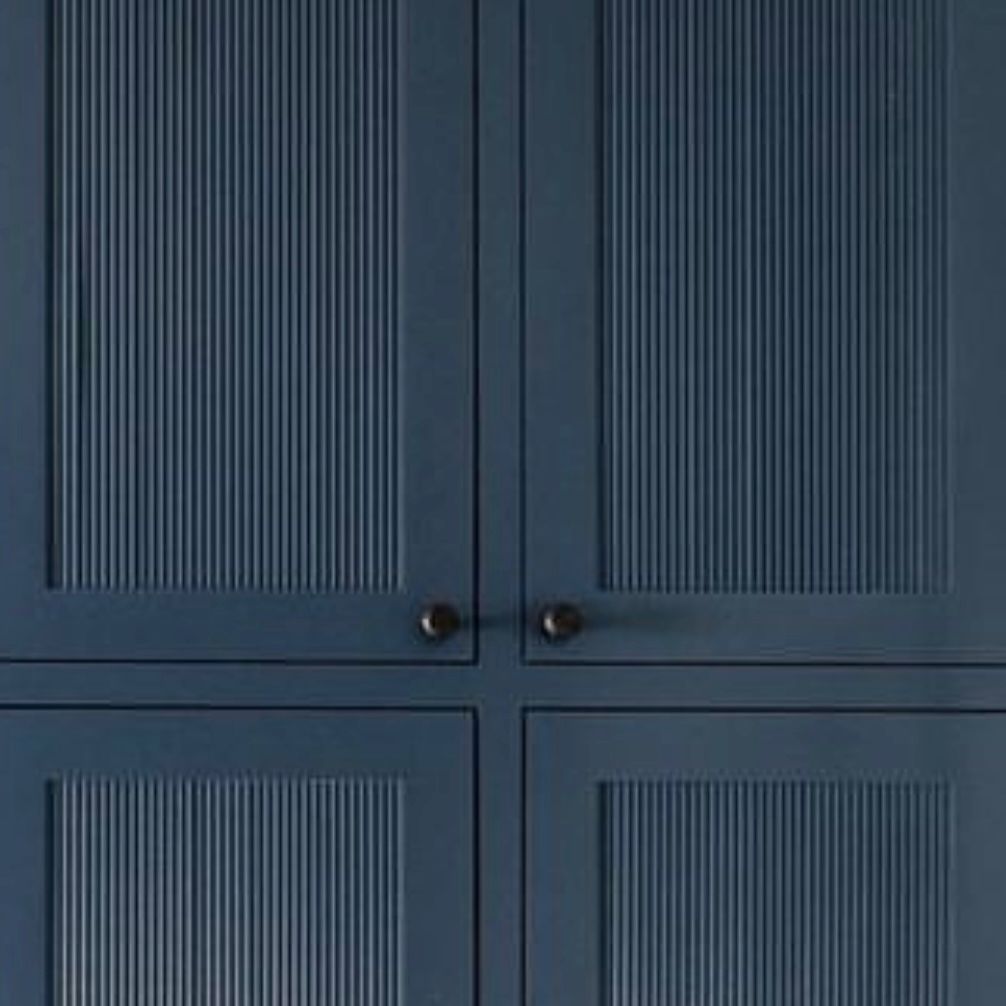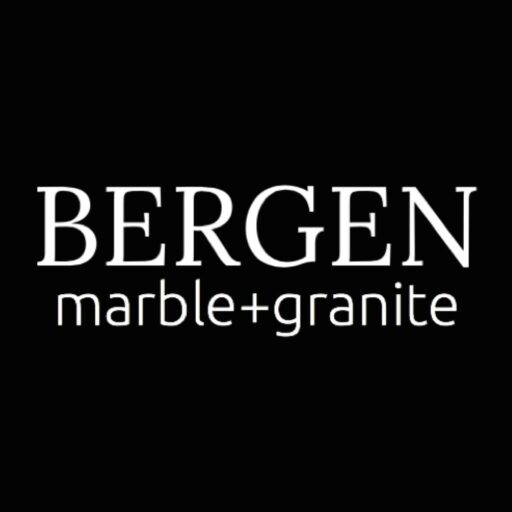In the world of interior design, small and understated details make all the difference. From the ornate designs of ancient civilizations to the sleek modernism of contemporary homes, every single choice contributes to the overall aesthetics and the resulting aura of the space. One design element that has stood the test of time is reeded-fluted surfaces. This design draws inspiration from Greek and Roman architectural traditions, and it is especially used in areas such as cabinet doors and table legs currently.
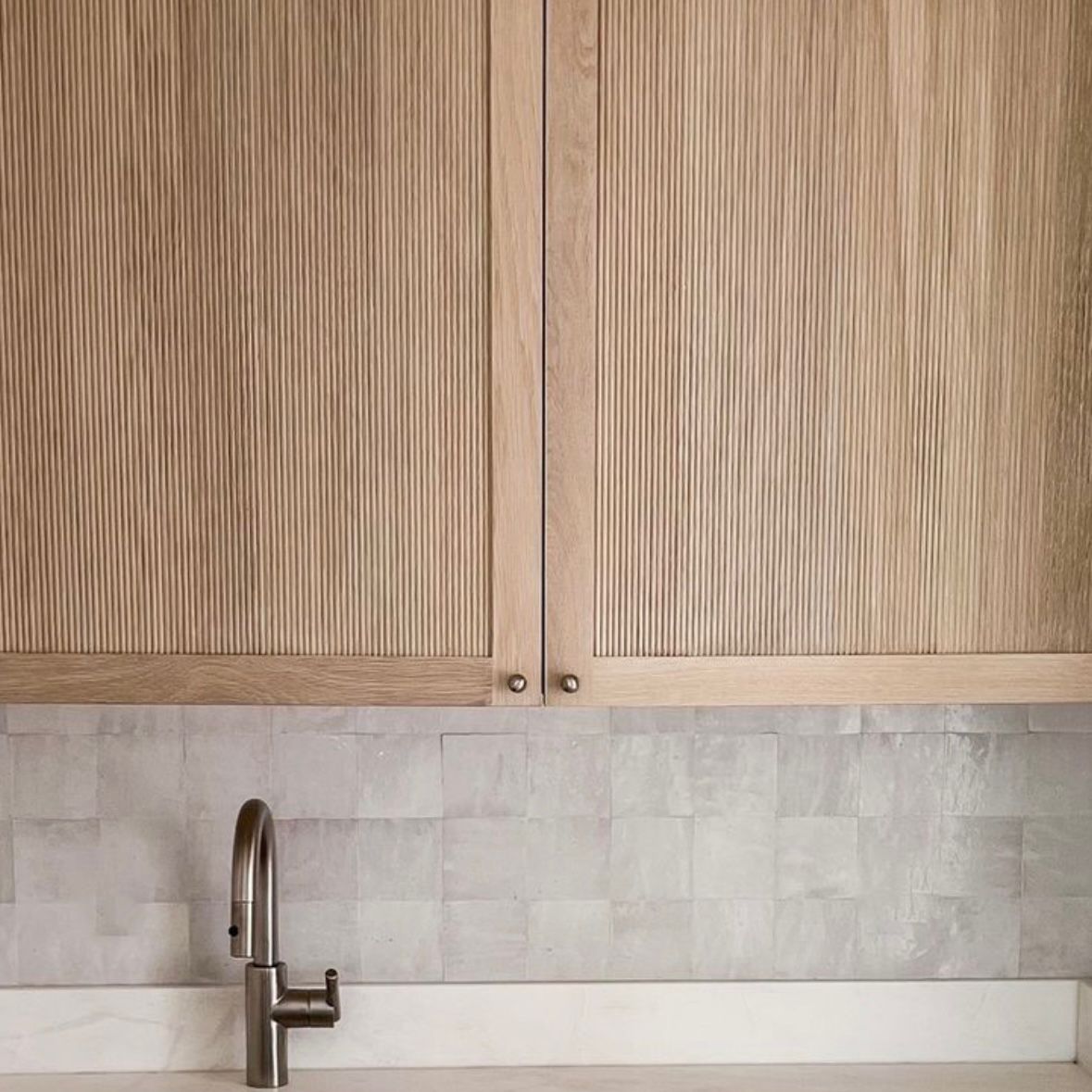
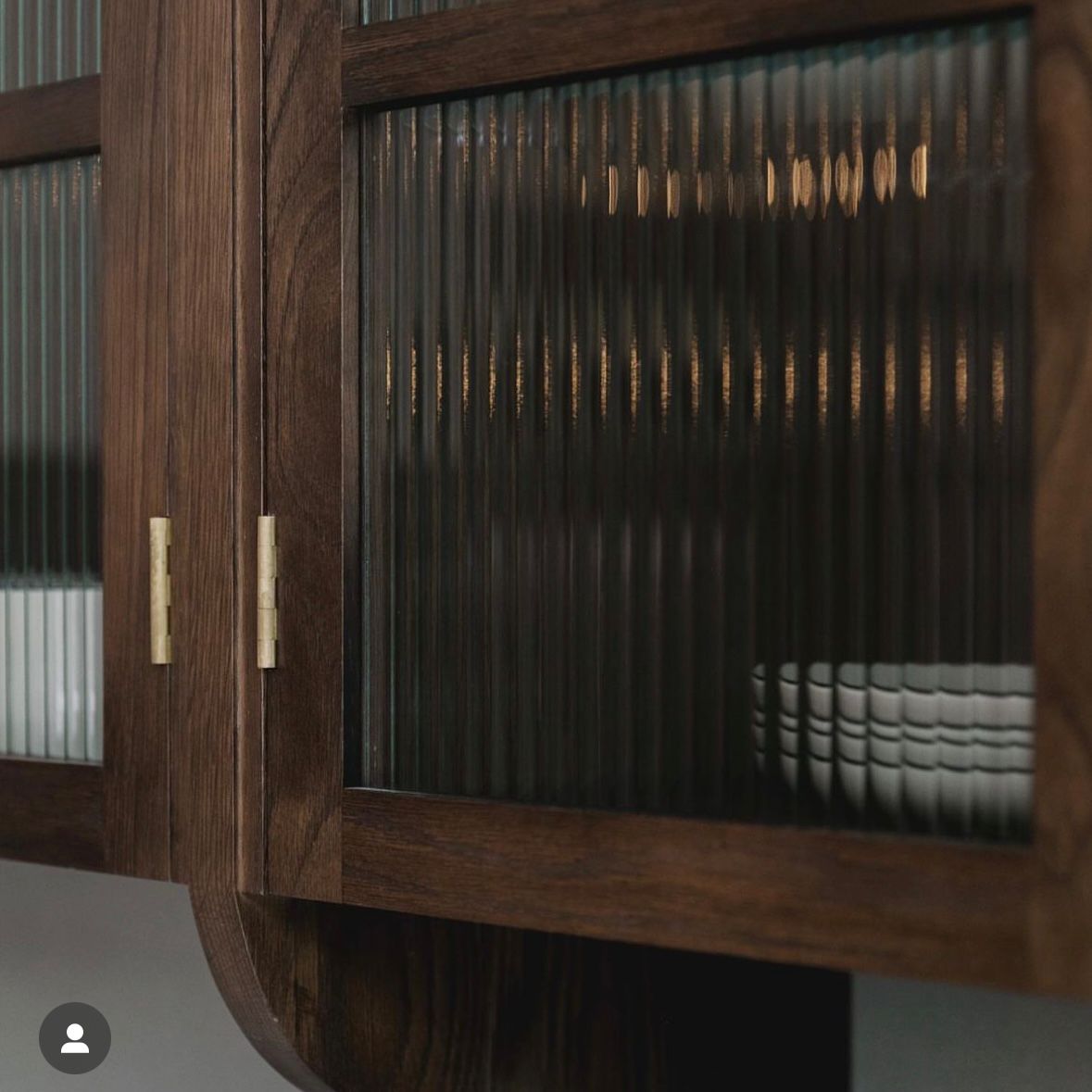
Reeded and fluted surfaces are characterized by the concave grooves and the ridges that run vertically through the surface. The harmony of grooves and ridges creates texture and depth on the piece of furniture, thus creating visual interest and sophistication. Reeded and fluted design elements add a touch of sophistication and refinement to the space. The origins of this style can be traced back to ancient Greece and Rome during which it could commonly be seen on columns. The design was employed with the intention of evoking a sense of grandeur and strength.
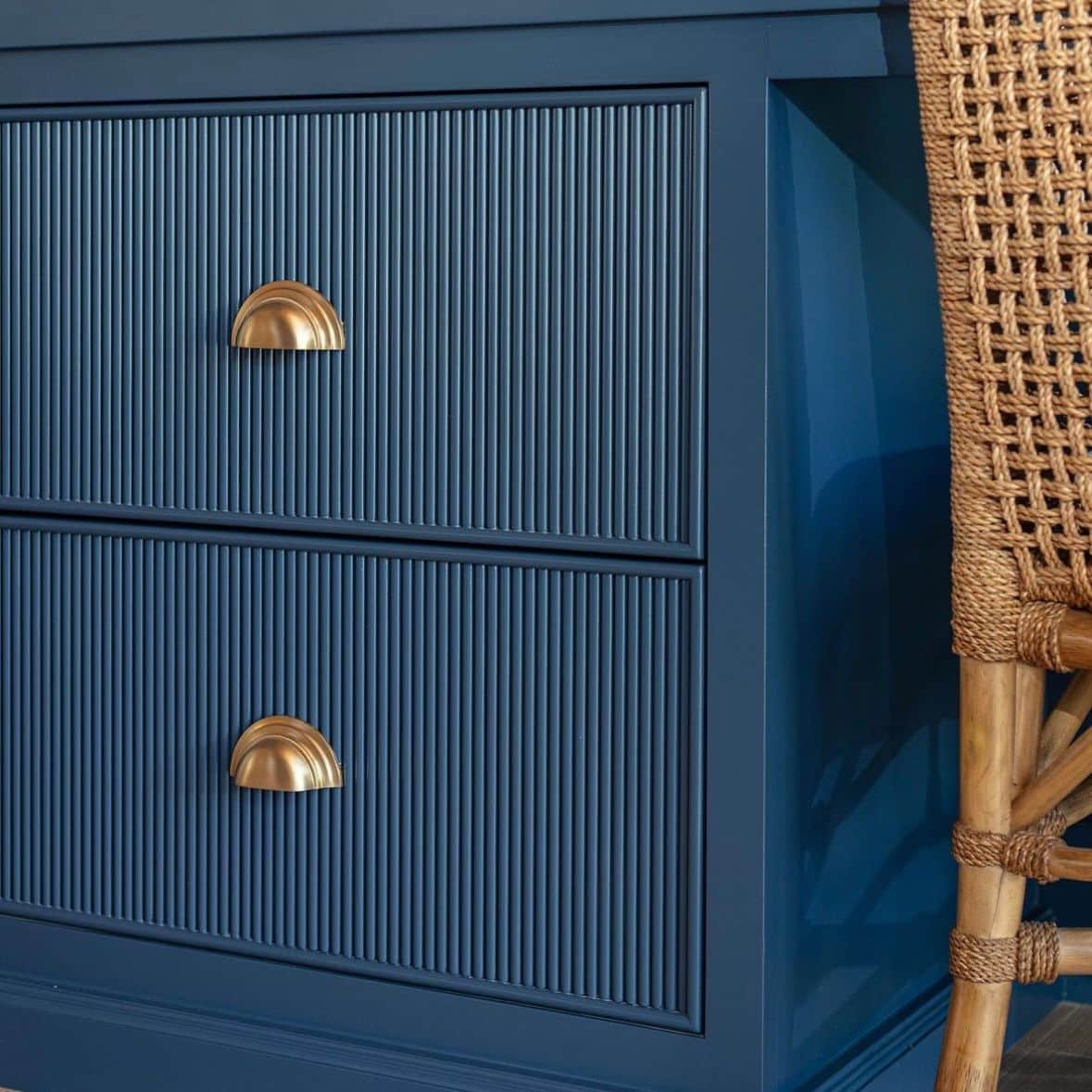
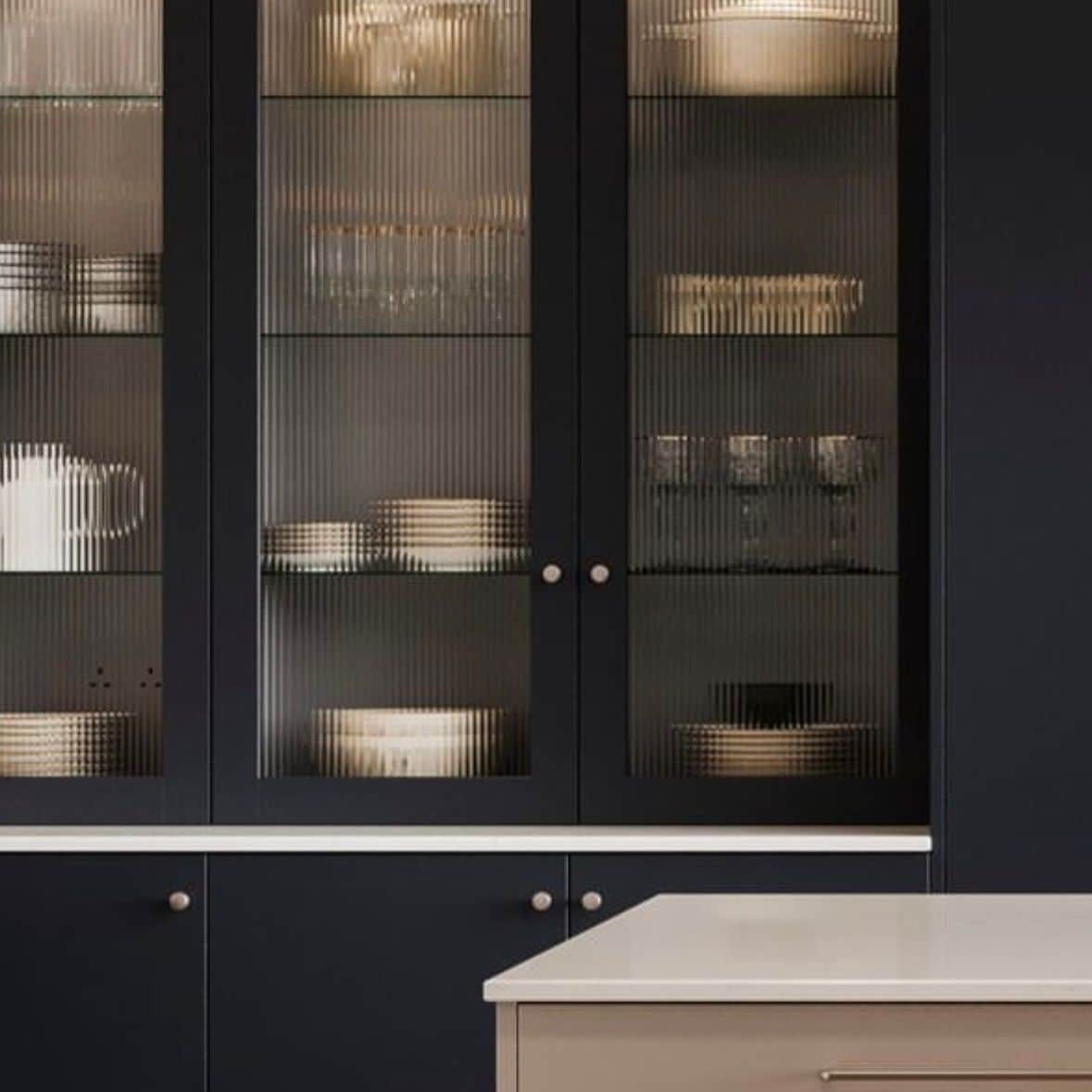
Reeded and fluted surfaces are often employed in interior design to bring a touch of classic elegance and charm to contemporary styles. Cabinet doors and a highly popular choice for this purpose as they ass a subtle detail that has a striking appearance that elevates the overall look of the room. They can be incorporated with traditional cabinetry or can be integrated with mid-century modern styles to elevate the modern and minimalist interiors. The refinement that reeded and fluted surfaces bring transcends trends and stands the test of time.
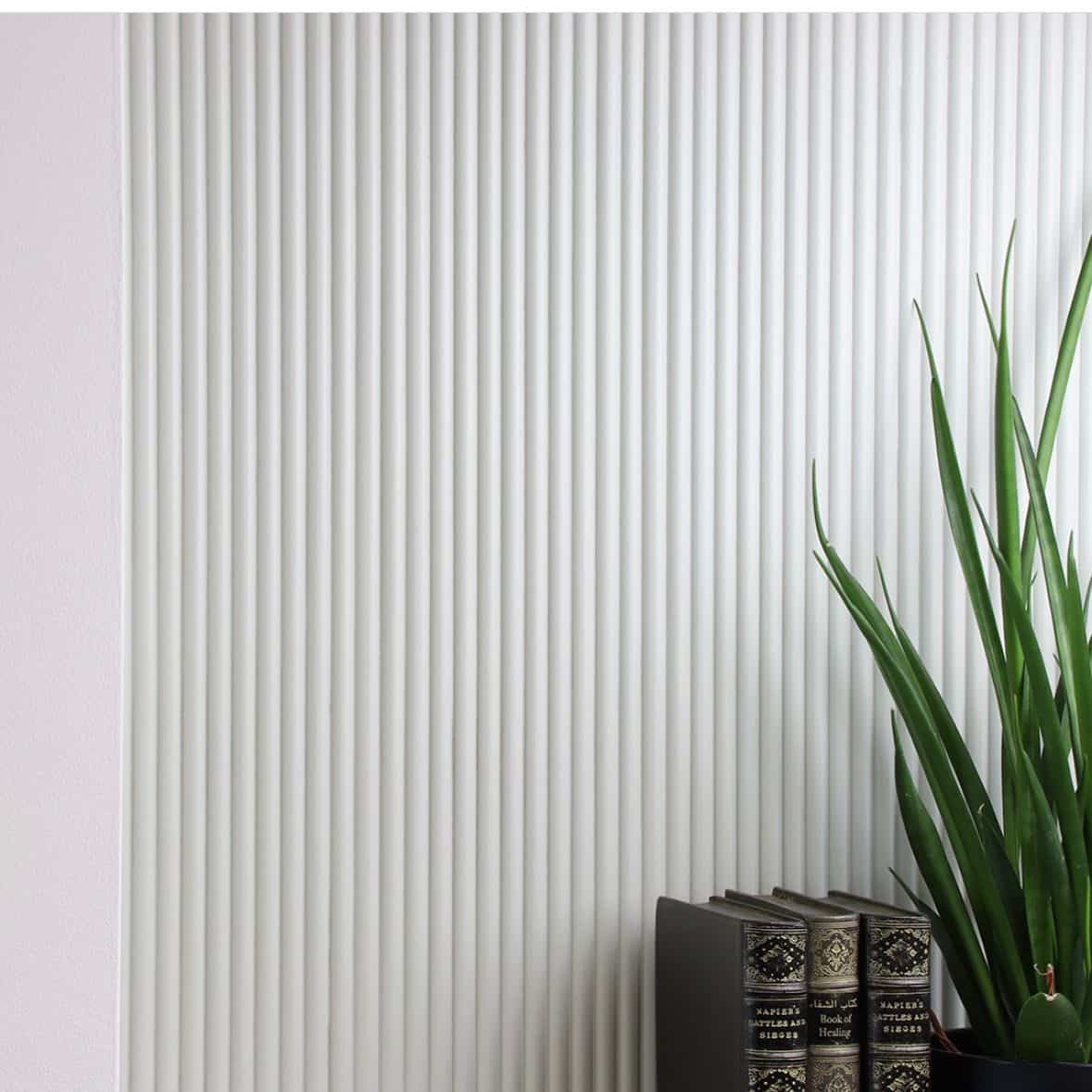
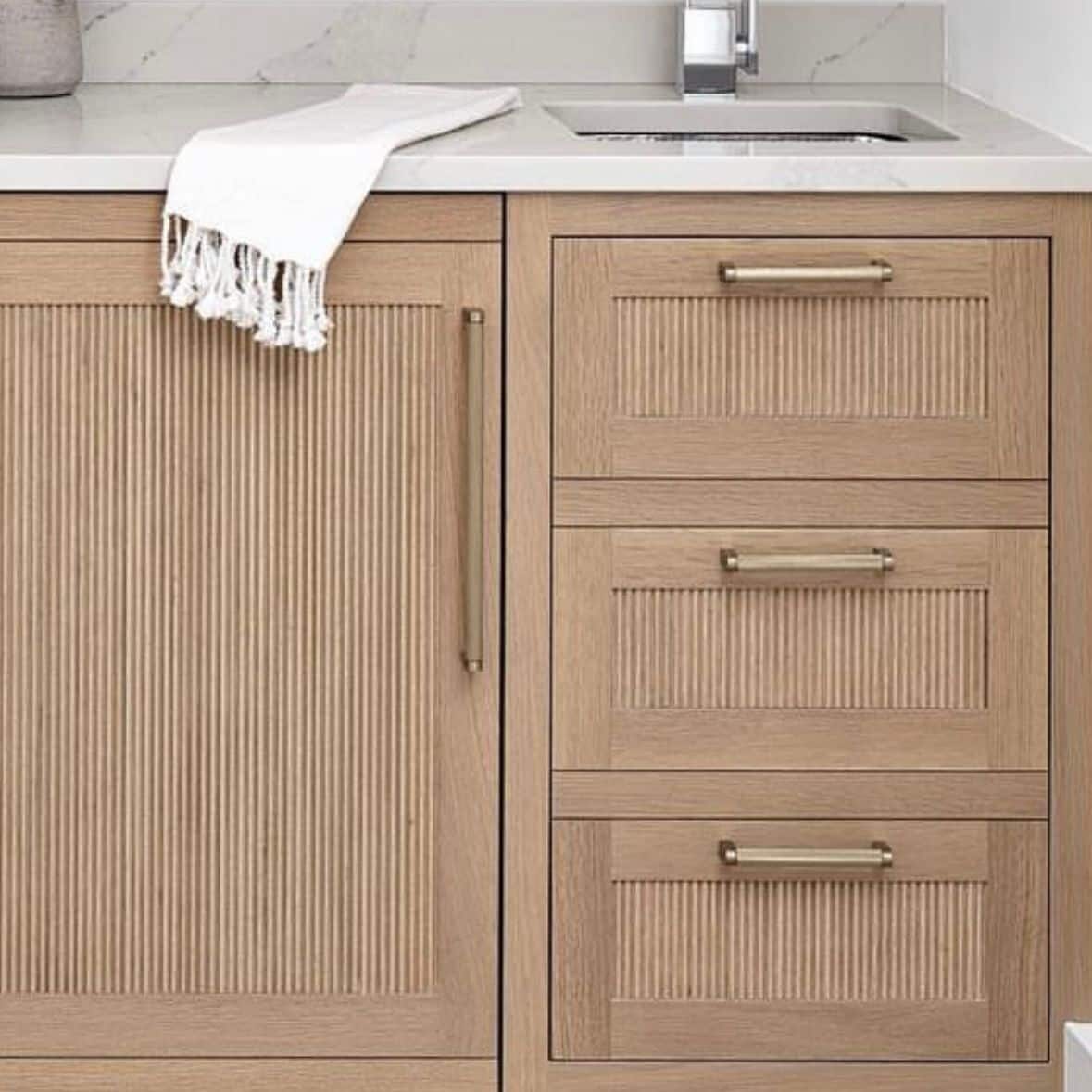
Arguably, the biggest advantage of reeded and fluted surfaces is their flexible versatility. It can not only be tailored to suit a very wide range of styles, colors, and preferences but it can also be made from different materials. For example, if you want to achieve an understated look that adds a subtle texture, then shallow grooves are the best choice for you. The shallow grooves will catch the light on the raised parts and naturally create shade, adding depth. On the other end of the spectrum, deeper grooves will make a bold statement, catching the eye, creating a centerpiece, and adding drama to the room.
Table legs are another design element where reeded and fluted surfaces shine. They could be utilized to adorn the legs of a console table or elevate the legs of a dining table. If reeded and fluted designs are paired with other similarly classical elements such as ornate carvings or tapered legs, regardless of where they are used, they will bring sophistication and grace to any piece of furniture they are added to. The addition of reeded and fluted legs can transform the piece of furniture and elevate the overall design.
This design element not only shines with its aesthetic appeal and beauty but also offers a lot of practical benefits. The grooves on the reeded and fluted surfaces help camouflage small blemishes and imperfections that occur over time. This makes this type of surface ideal for high-traffic areas such as kitchen cabinetry.
In short, whether you are trying to evoke a feeling of grandeur or add a touch of elegance to an otherwise contemporary interior, reeded and fluted surfaces are a timeless design element that will not only elevate the beauty of the space but also add practical benefits. This unique and elegant design element never fails to impress and they offer a versatile and stylish way of adding visual interest to the room. From cabinet doors to table legs, reeded and fluted surfaces are a great way to express your personality through the design.

